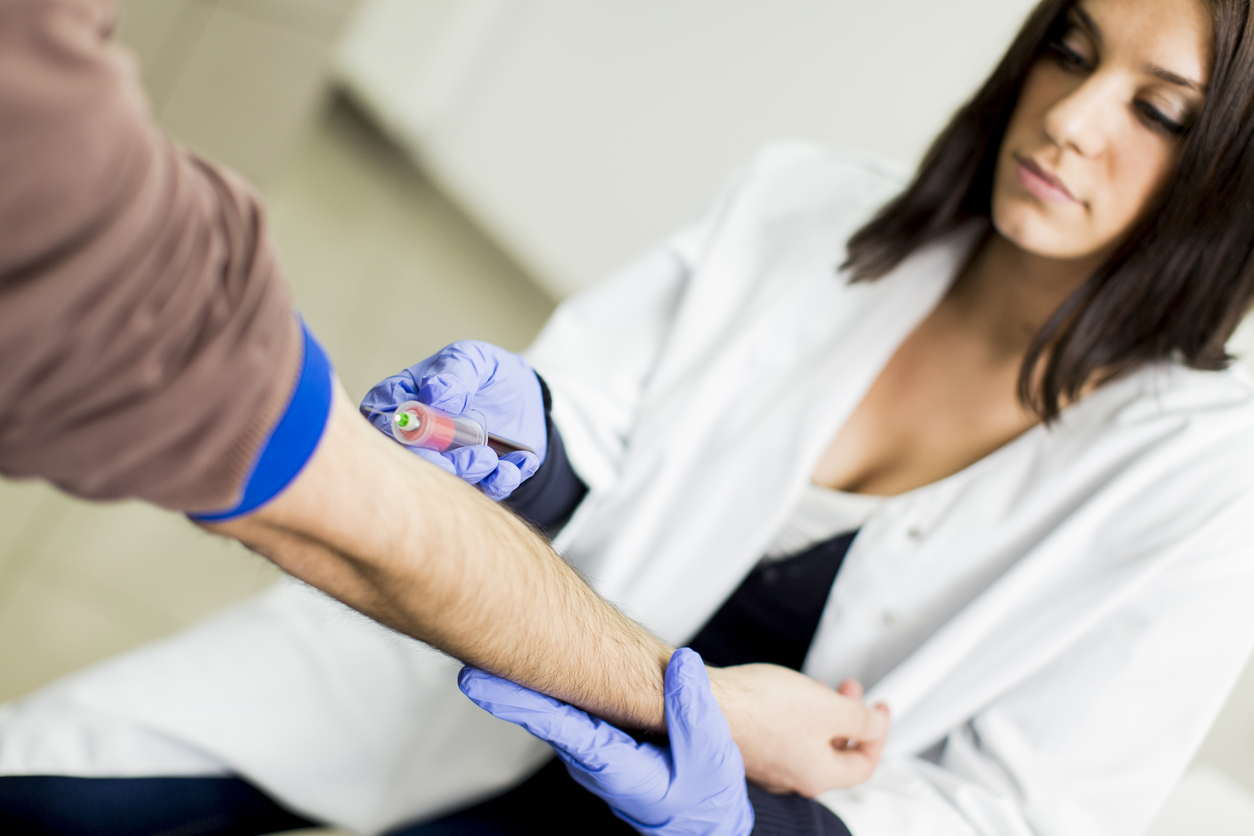If you’re responsible for handling medical waste as part of your job, you’ve probably come across the
OSHA Bloodborne Pathogens Standard. The regulation is meant to protect employees who have occupational exposure to blood or other potentially infectious materials (OPIM).
Published by the Occupational Safety and Health Administration (OSHA), the Bloodborne Pathogens Standard is a maze of definitions, prohibitions and mandates that can make your head spin. But noncompliance can put people at risk and subject your business to citations and penalties. To help you get a handle on things, here are some of the standard’s key requirements.
1. Have a Plan
An exposure control plan details in writing the steps an employer will take to eliminate or minimize exposure to blood or OPIM. This includes a list of job categories in which all employees have exposure and a list of job categories in which some employees have exposure. Employers must seek input for this plan from frontline workers.
2. Assume It’s All Infectious and Implement Controls
Under OSHA’s concept of universal precautions, all human blood and OPIM should be treated as if they contain bloodborne pathogens. Engineering and work practice controls must be implemented, such as safer medical devices, sharps disposal containers and hand hygiene.
3. Provide PPE
Personal protective equipment (PPE) is specialized clothing that includes gloves, gowns, lab coats, face shields or masks, eye protection, mouthpieces and resuscitation bags. Employers must provide and maintain this equipment at their own expense.
4. Offer Vaccinations
The hepatitis B vaccination must be offered to all occupationally exposed employees within 10 working days of initial assignment, after they complete the mandated bloodborne pathogens training.
5. Evaluate and Follow Up
Following an incident, an employer must make immediately available a confidential medical evaluation and follow-up (at the employer’s expense) that includes documentation of the circumstances surrounding the exposure.
6. Affix Labels
Warning labels are required on certain items, including containers of regulated waste and contaminated reusable sharps, as well as refrigerators and freezers housing blood or OPIM.
7. Keep Employees in the Know
Workers must undergo annual training on the standard’s requirements, including ways to control exposure, medical evaluation and follow-up protocols. Also, the employer must keep a sharps injury log, unless otherwise exempt.
US Bio-Clean provides streamlined, cost-effective disposal solutions that take the worry out of OSHA compliance. We also offer an online OSHA healthcare compliance system that gives users the ability to complete Bloodborne Pathogens training in less than an hour. Additionally, the system guides administrators through a step-by-step process to create a fully compliant exposure control plan.
